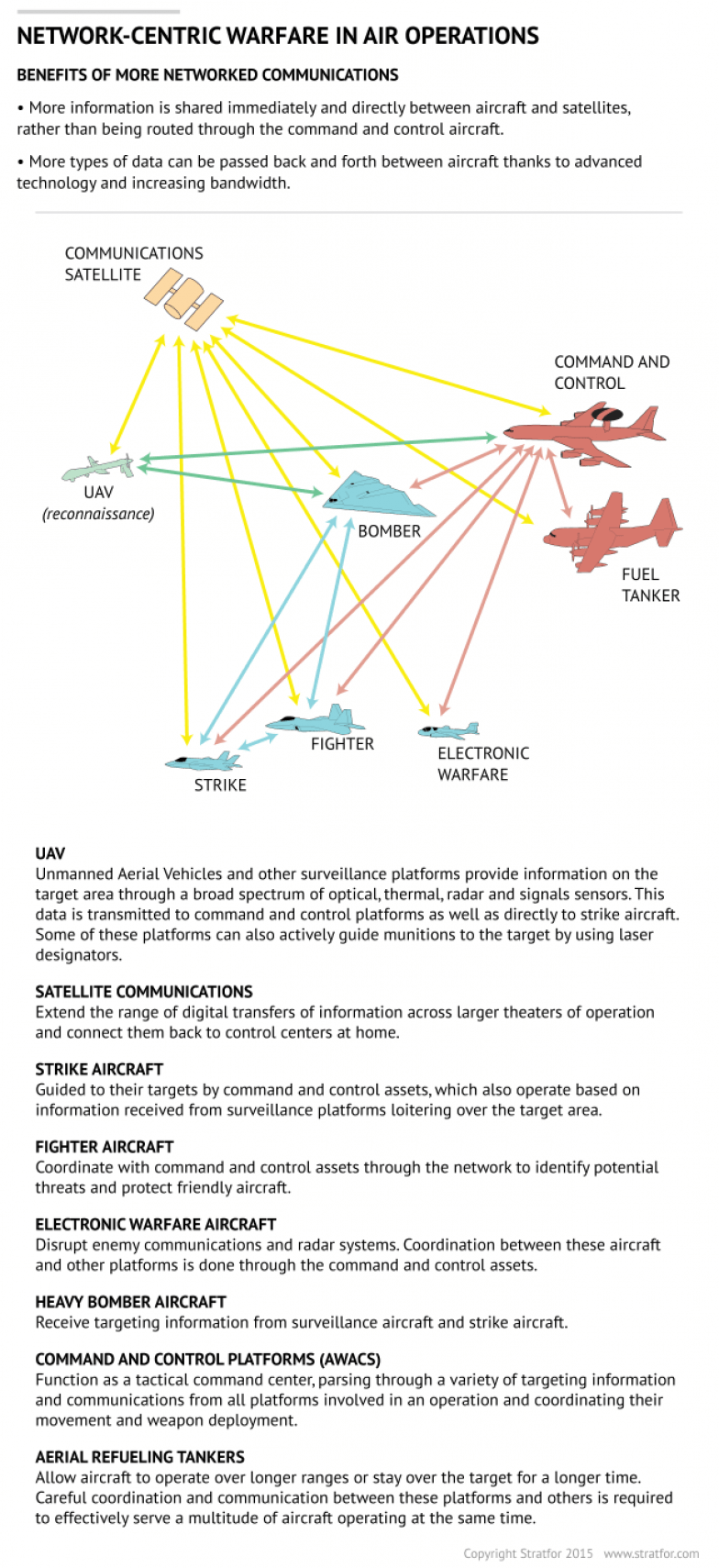
The U.S. Air Force is developing a new bomber that promises to secure its advantage in modern warfare. The next-generation long-range strike bomber, recently awarded to Northrop Grumman Corp. for development, will not be designed to rely on as yet undeveloped technologies, as is so often the case with new aircraft and weaponry. Instead, the aircraft will combine and fully exploit existing advanced stealth technology, integrated software, ordnance and countermeasures. In effect, the military is consolidating the best of its technology in one package.
With its various advantages in asymmetric and maritime warfare, the new long-range strike bomber will play a central role in the United States' projection of power abroad. Indeed, this has already been partially reflected in the recent restructuring of the U.S. Air Force. Since April, the United States has drawn all of its bomber aircraft under a single umbrella: the Global Strike Command. Prior to the reorganization, the Global Strike Command controlled nuclear-armed bomber aircraft and nuclear-armed intercontinental ballistic missiles. The remaining bombers reported to the Air Combat Command. Now, the Global Strike Command will be able to move beyond its nuclear role by assuming control over all long-range striking capability. The move to place all strategic bombers under their own separate command will likely raise the profile of the U.S. bomber force, paving the way for it to emerge as a distinct pillar of U.S. military might.



